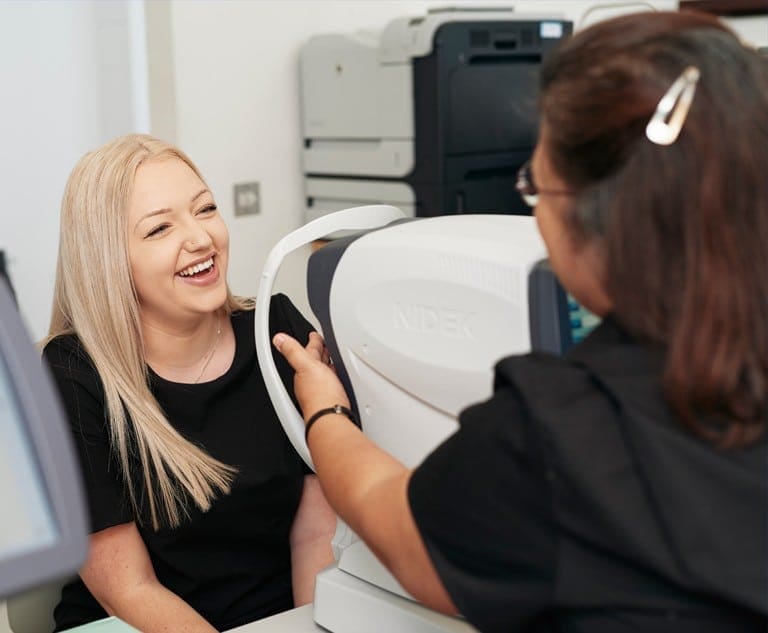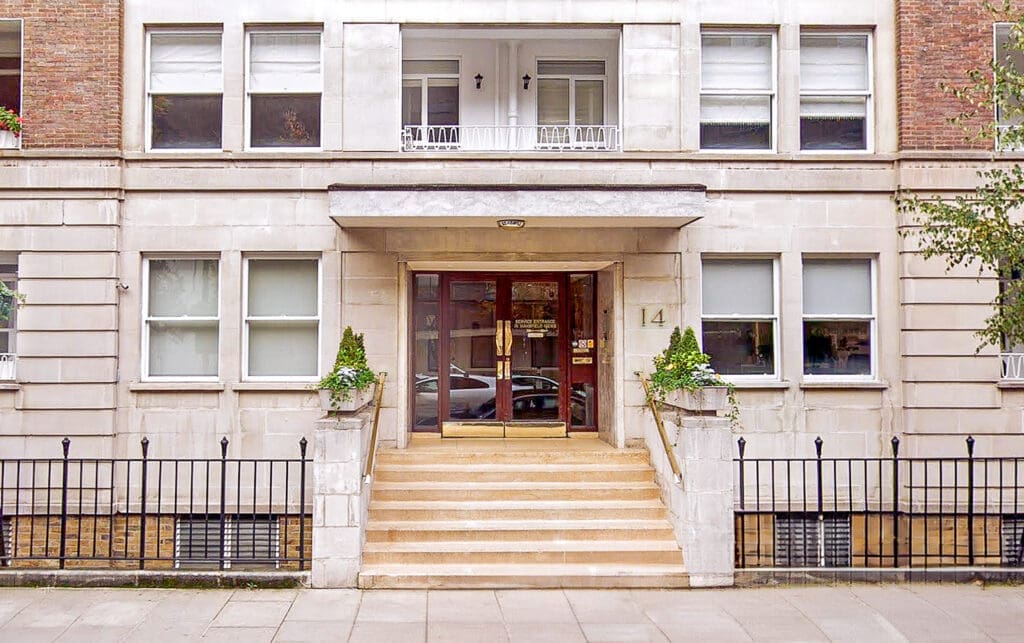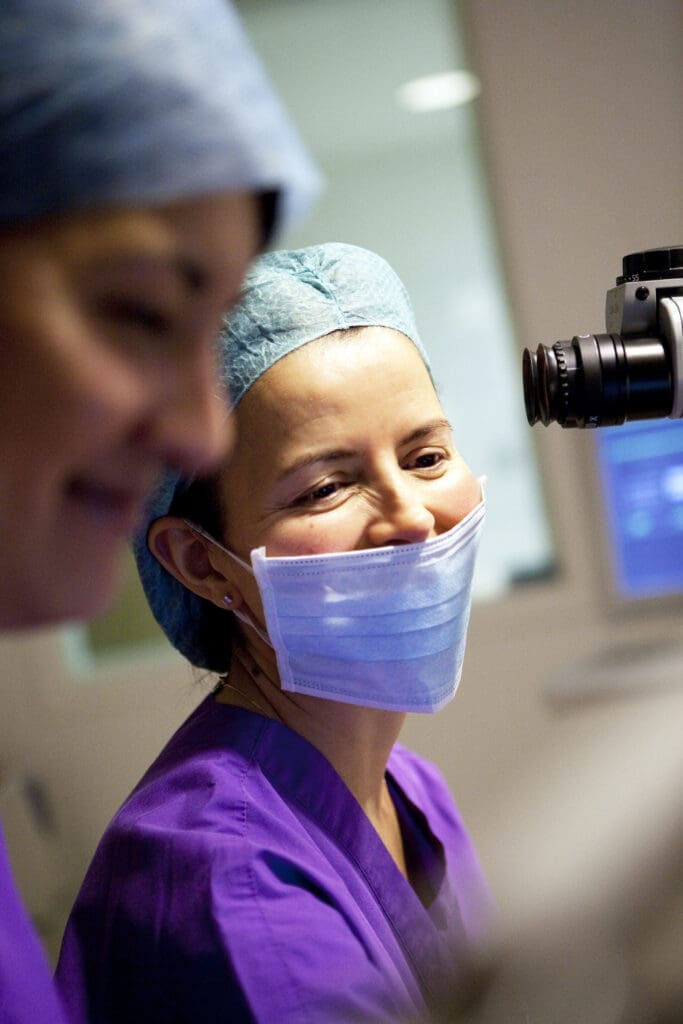The purpose of the consultation is to a) ensure suitability for Implantable Collamer Lens surgery and b) plan the procedure with the absolute correct dimensions and correction. The process involves a very thorough evaluation by nurses, optometrists and technicians who will perform a series of tests and investigations specific for the EVO Visian ICL procedure. These include Specular microscopy to measure the corneal endothelial cell count, anterior segment imaging and biometry to measure the dimensions of the front of your eye to ensure there is enough space and that the configuration is suitable to receive an EVO Visian ICL. This also helps us determine the size of the implant.
You will be provided further information about the procedure and shown video animations to help understand the process. It is important that you read the consent form as this may generate questions for your surgeon whom you will see next.
Your surgeon, a well experienced fellowship-trained consultant will evaluate your eyes and evaluate the test results and come to a final decision. The consultant will inform you about your suitability what is involved and what to expect and also provide you with an informed consent.
If you are lucky enough to be suitable for Implantable Collamer Lens surgery and wish to proceed, you will need to confirm a date and pay a deposit for the lenses which will have to be ordered from the manufacturer Staar Inc. in Switzerland. If you have astigmatism or keratoconus, special bespoke lenses may have to be made for you and these can take about 6 weeks to manufacture (sometimes longer depending on the prescription).






















